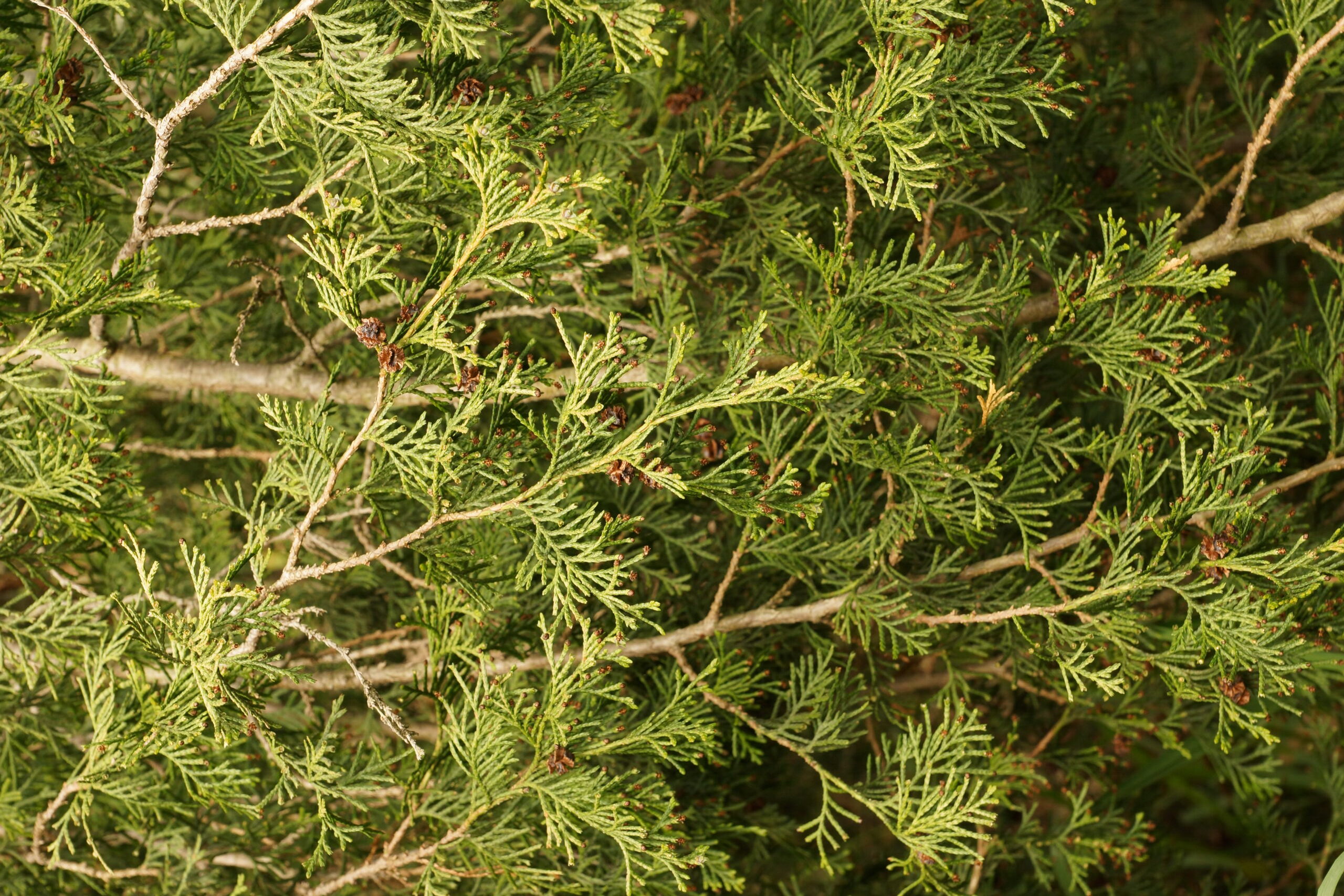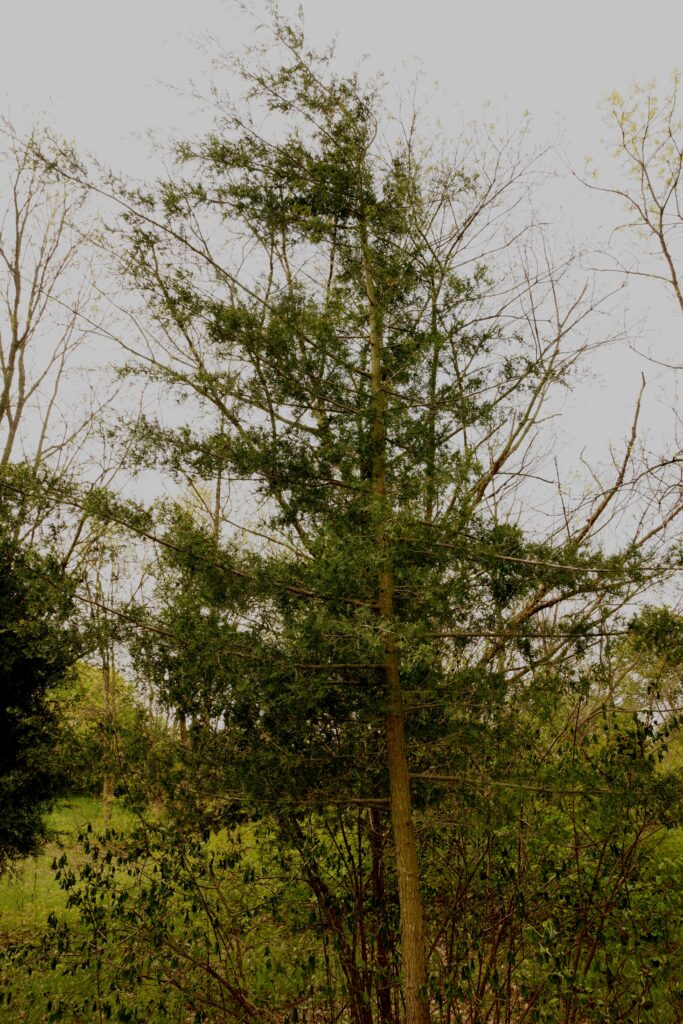Experience-Seeds-Knowledge-Plant Discoveries-Ecological Enrichment-Join Now Click Here!


Atlantic White Cedar: Diversity Discovered
One of my favorite evergreen trees at my farm is the Atlantic White Cedar, Chamaecyparis thyoides. At first I grew the plant from seed collected at an arboretum in the midwest. Then eventually I made two small plantings at my farm which then produced seed after a decade or so. I wasn’t sure what to expect from a plant that is deeply embedded with the forested wetlands on the east coast of the U.S.. Having it grow in the opposite soil was not a feat of horticulture but adaptability of a evolutionary nature. Evergreens often have specific regions that they thrive in. For a while I was growing the west coast species Lawson Cypress, Chamaecyparis lawsoniana. This species grew to ten feet tall or so and then was infected with a canker disease which penetrated the cambium killing the whole plant. As time went on the Atlantic White Cedar proved to be well adapted to the climate of southern Michigan as it told its story of regeneration on my farm. That story is told in more detail on the link below.
Diversity Discovered: Atlantic White Cedar

This planting is near the hybrid Junipers x chinensis, All Spice and burr oak hybrids. All of these plants thrive in this location despite it being just an unimproved hay pasture in the beginning. I used sawdust mulch when I first planted them directly into the sod.
I did manage to collect some seed. Seed collection of this species is a slow process. It is the only plant at my farm where I will play bamboo flute music in my ear buds from an i-phone app while I collect while passing the time in a serene state of mind. Otherwise, I get distracted too easily with the other wonders of nature around me and wander off. Even cleaning it is extremely time consuming. It is no wonder the cost of it on the commercial market is so high. You don’t just shake down the cones and open them ‘in the barn’ later where the seeds pop out on their own. That doesn’t work unfortunately. With this species you need to dry the cones fully after they are open on the tree but not too open. You then run them in a processor that shakes the seeds out over time. The fragments of needles are often the same size and weight of the seeds so screening is not perfect. The final step is blowing out the chaff is difficult only because the seed is light and blows out at the same time. Generally, I do small batches at a time to accomodate this finnicky trait.